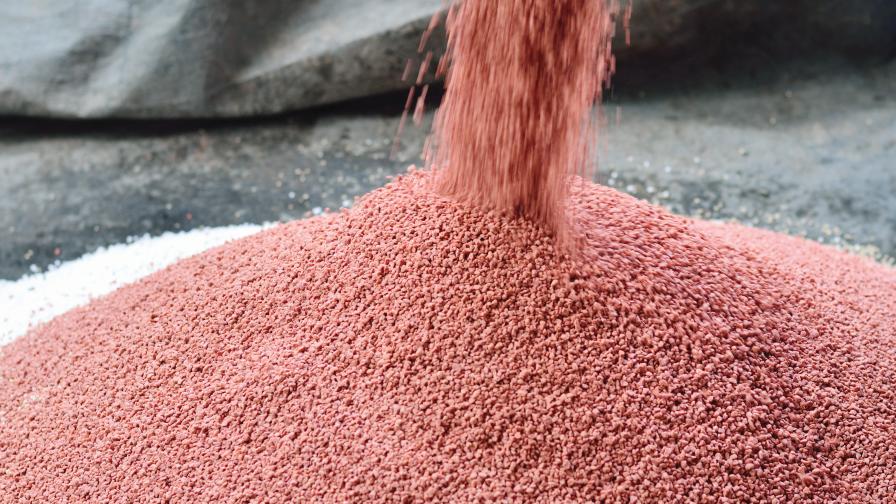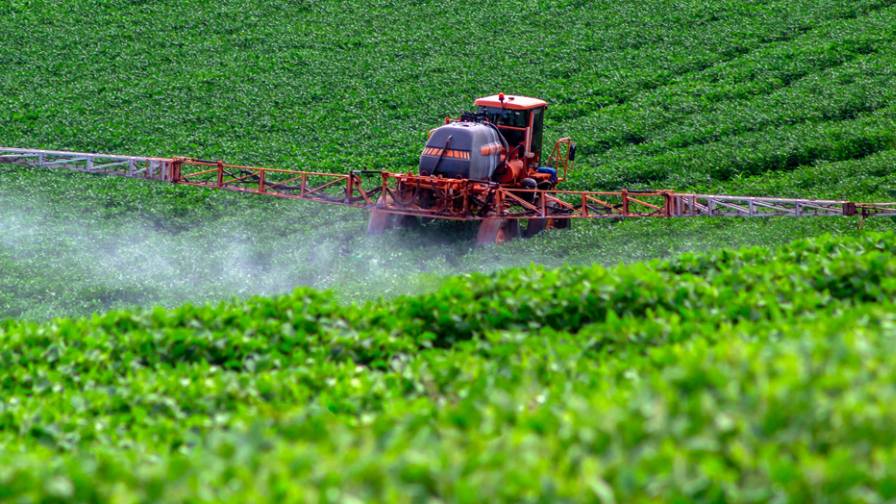How Europe’s Evolving Regulatory Environment Effects Global Crop Protection
While significant, the European Union ag market is by no means the largest player when it comes to ag inputs. The region’s regulatory environment has an enormous impact on the rest of the world, especially for countries looking to import their products.
knoell’s Angela Téllez Del Río, Clara Vigo Anglada, and Jayne Harris, provide insights into the latest changes to EU regulations and the impact they will have on the industry in an exclusive report to AgriBusiness Global DIRECT.
“The approval of active substances and subsequent authorization of derived plant protection products (PPPs) has experienced many changes in Europe. Indeed, the European regulatory landscape is one of the most complex regulatory frameworks globally,” the trio of experts offer. “The registration process of PPPs in European Union is one of the most scientifically robust in the world, but also ensures the highest level of protection for both human and animal health and for the environment.”
The process for approving these products for the many members of the EU can get rather complicated with different entities evaluating solutions based on accepted criteria.
“Along with EFSA and the EU commission, the 27 Member States are responsible for the evaluation of both active substance and PPPs against agreed Uniform Principles,” the trio explains. “They are referred to as the Rapporteur Member State or Co-Rapporteur Member States for the active substances evaluation, and as Zonal RMS or Concerned Member State for product evaluations.”
Further, regulators must consider a variety of legislative issues.
“In addition to the regulation, there are several other legislative acts dealing with other regulatory aspects of PPPs (e.g., Residues, classification, labelling, and sustainable use of pesticides),” the group says. “There are also diverse delegated and implementing acts linked to the regulation (e.g.: establishing Data Requirements, UP, rules on labeling, listing of approved substances, etc.) and Guidance Documents, describing in detail the commonly agreed interpretation and correct implementation of the different provisions of the regulation.”
Much of the regulatory change across Europe is driven by regions initiatives designed to reduce the use of tradition crop inputs.
The “EU Green Deal” and associated “Farm to Fork” strategy aim to reduce dependency on chemical pesticides and promote use of biopesticides (such as PPPs containing microorganisms), and so called “low-risk” substances.
“This strategy introduces new data requirements and procedural approaches for biological products contain microorganisms and is applicable from 21 November, 2022, the knoell team explains. “The new data requirements for microorganisms and PPPs containing microorganisms are made considering the latest scientific knowledge and are based on the specific biological characteristics of the microorganisms (e.g., Commission Regulation (EU) 2022/1439 and Commission Regulation (EU) 2022/1440). The new procedural approach intend to simplify the process of approval and authorization of biological products containing microorganisms.






